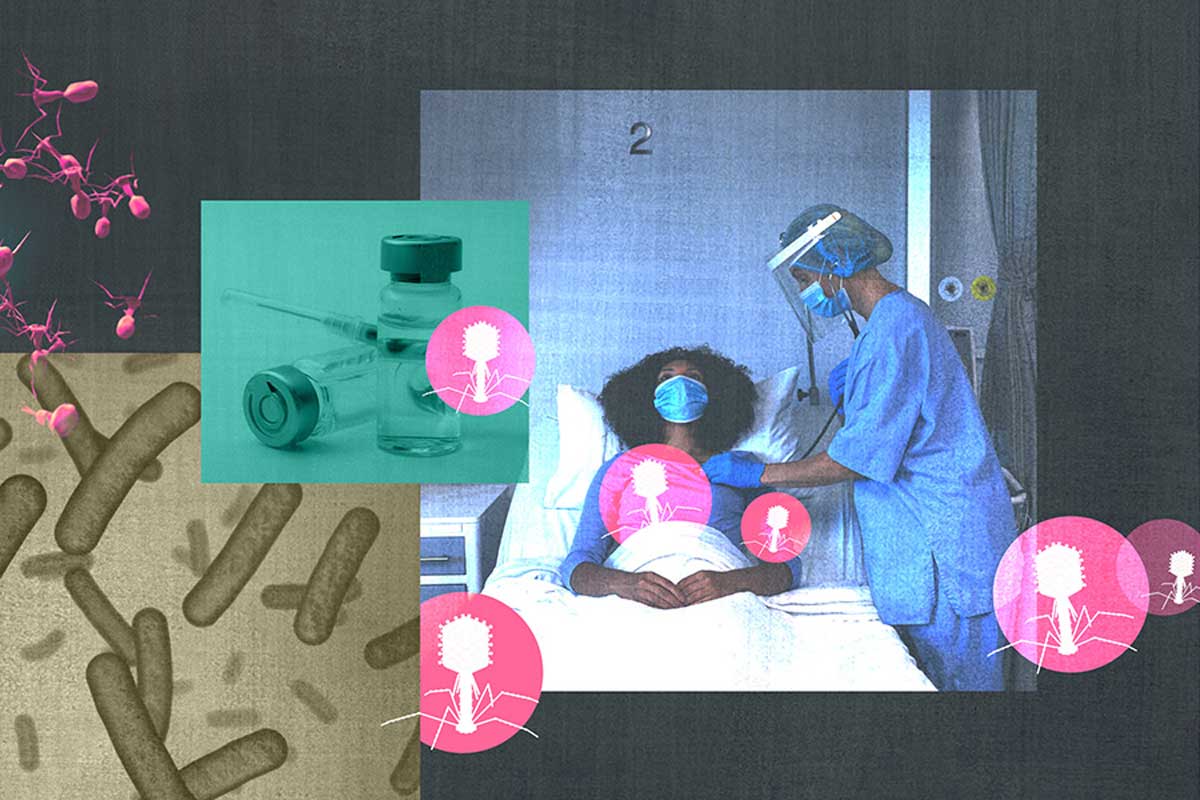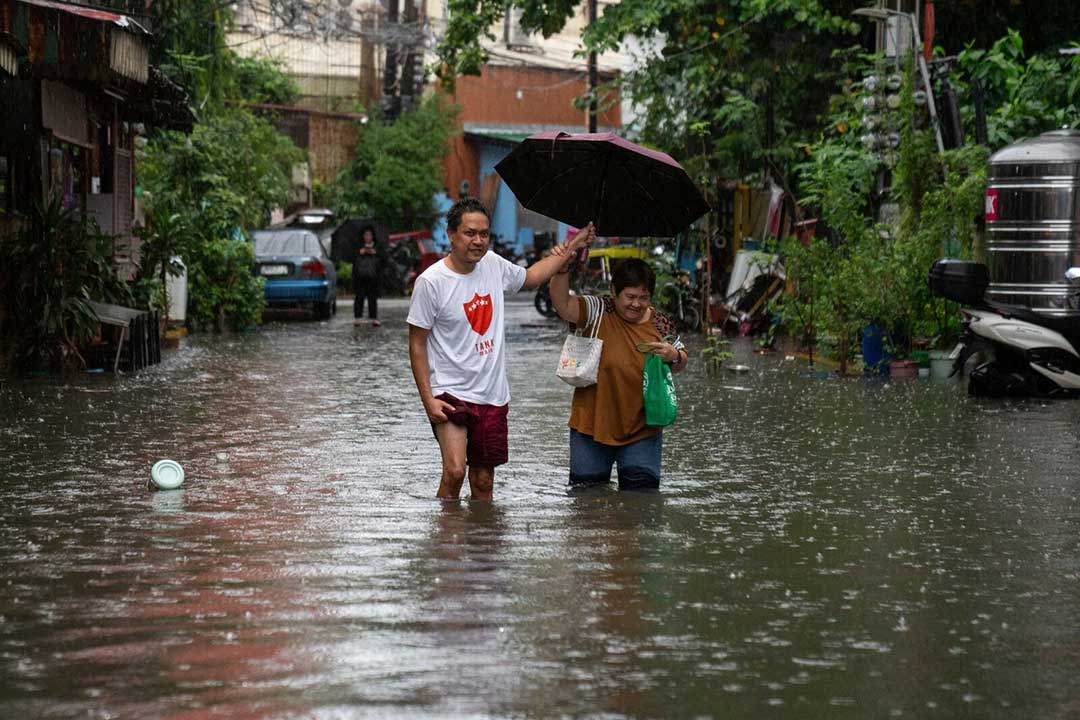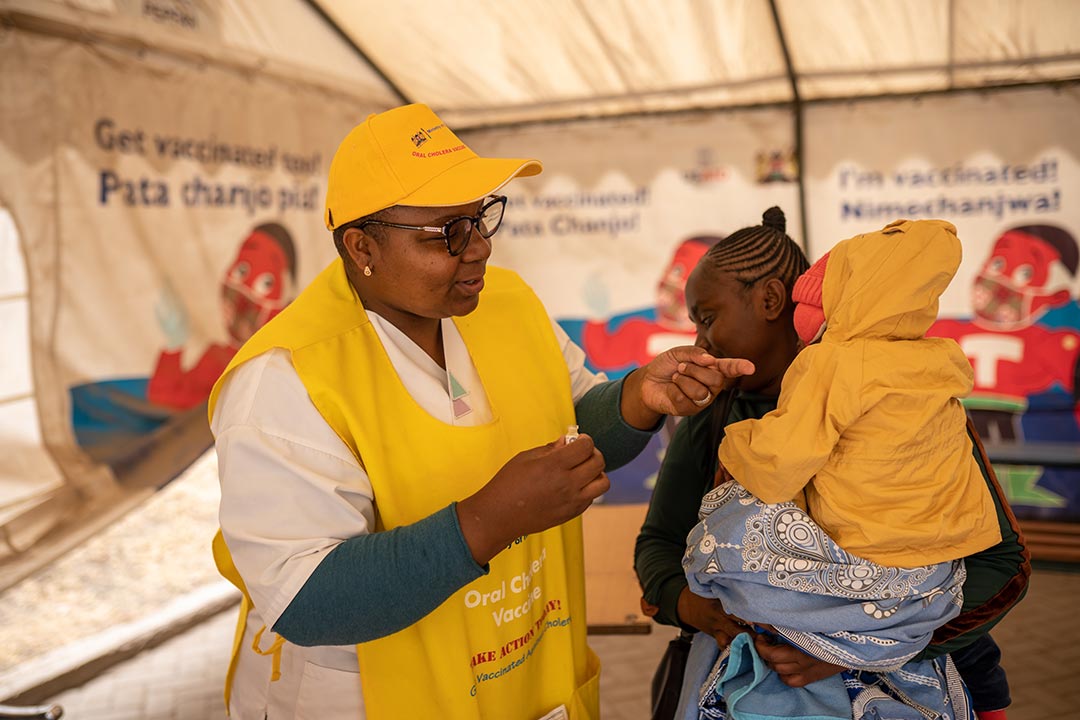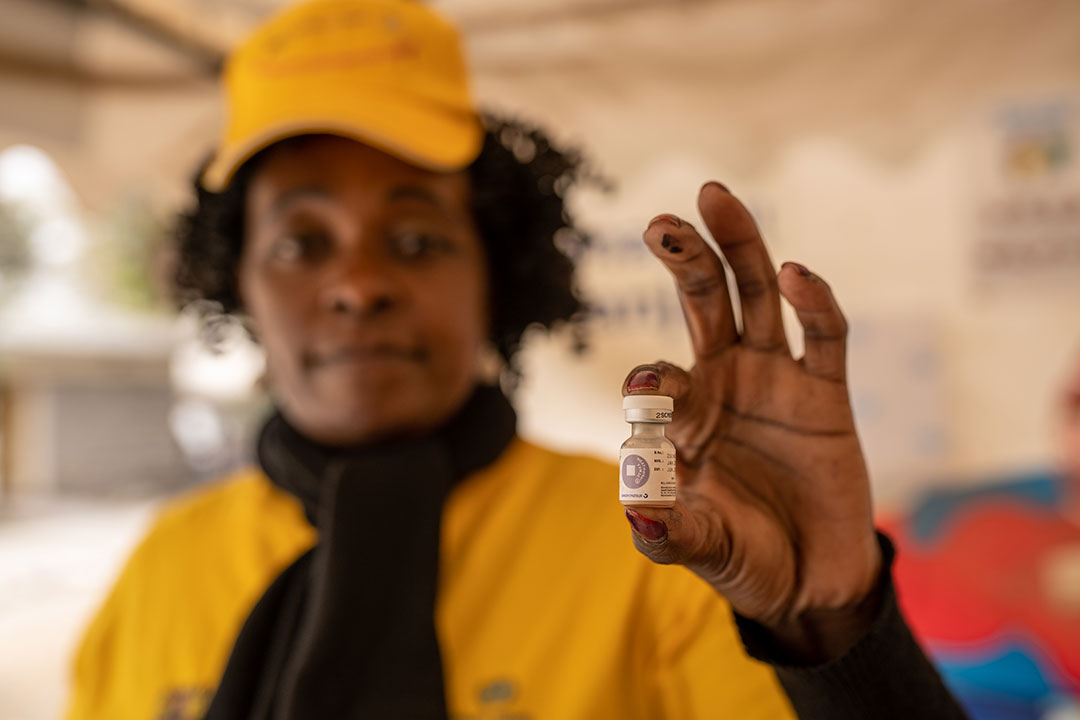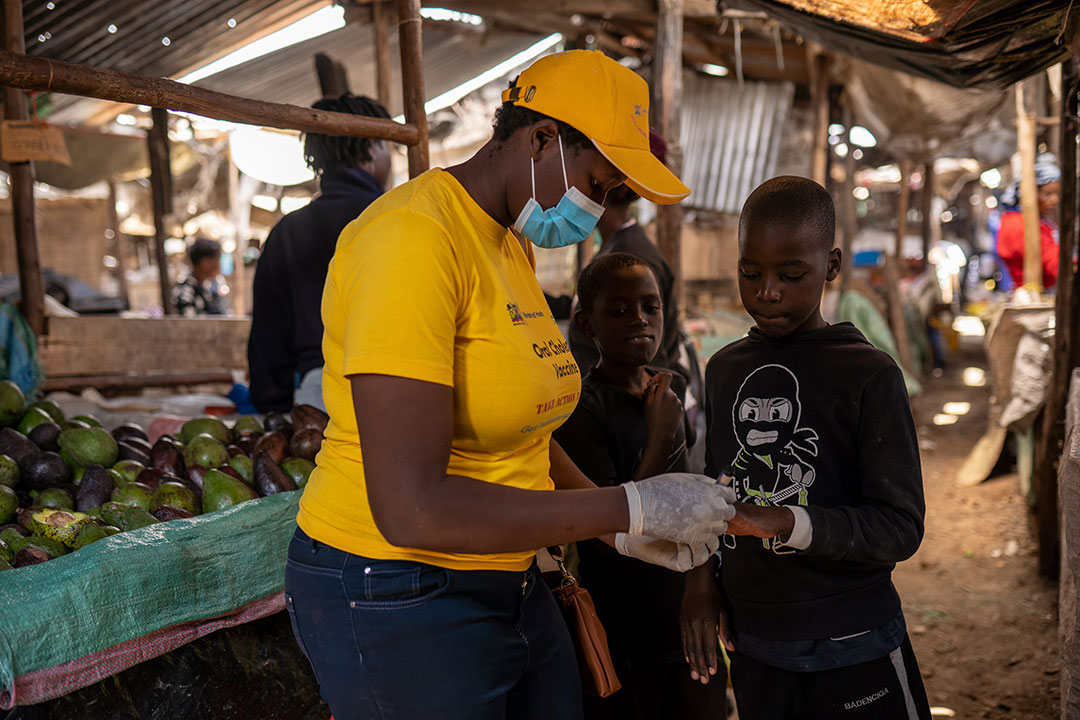Antimicrobial resistance: A VaccinesWork guide
This week, VaccinesWork is shining a spotlight on antimicrobial resistance, a colossal threat to human and animal health. Stick with us to learn more about AMR and to find out what vaccines can do to help.
- 16 September 2024
- 4 min read
- by Maya Prabhu , James Fulker

“I would like to sound a note of warning… It is not difficult to make microbes resistant to penicillin in the laboratory,” said Alexander Fleming in 1945, as he accepted the Nobel Prize for his epoch-defining discovery of the antibiotic.
All you had to do was use it badly – use it frivolously, use too little of it to kill the bacteria, but enough to “educate” them – and you were giving the pathogens the only opportunity they needed to evolve defences against the drug. He dreaded the day that a regular man could walk into a shop and buy penicillin.
In the decades since, we’ve made a cultural norm of antimicrobial misuse, over- and mis-prescribing the drugs, selling them casually, churning them into livestock feed.
Is the epoch of antimicrobial medicines already on its way out? Experts say we’re running out of time. Many once-curable infections have already stopped being quite so curable. Antimicrobial resistance (AMR) could be responsible for 10 million deaths a year by 2050, the World Health Organization (WHO) projects.
But we’re not out of options just yet. One critical strategy to alleviate the pressure on antimicrobial therapies is to go hard on prevention. Vaccination primes the immune system to block a given infection from taking hold in the first place, heading off the need to administer, and burn, pathogen-killing drugs. The fewer antimicrobials in circulation, the lower the risk of AMR developing.
We don’t (yet!) have a vaccine for each and every infection we need to combat, but the potential impact of vaccination is huge, nonetheless. A 2023 study estimated that vaccinating children against 15 key illnesses with vaccines had the capacity to stave off half a million bacterial AMR-linked deaths a year. Vaccinating other age groups against seven priority pathogens could save another 1.2 million lives annually, the researchers found.
More people die AMR-linked deaths in low-income countries in Africa and Asia than anywhere else. That means that the potential positive impact of vaccination on the AMR threat is greatest in the places where Gavi works – but Gavi needs funding to do its bit against this existential peril.
The Vaccine Alliance is raising US$ 9 billion to pay for all its work in the five-year period spanning 2026–2030. That money will see 500 million more people vaccinated, preventing an estimated 8–9 million deaths, and obviating the need for antibiotic use in many, many more millions of cases. Read more about Gavi’s next chapter here.
Read more about AMR, and what vaccines can do, and are already doing, in some of our favourite stories of the last years:
The silent pandemic: how drug-resistant superbugs risk becoming the world’s number one killer
Antimicrobial resistance has been rising for years, but a spike in antibiotic use during the COVID-19 pandemic accelerated the process. We break down the data and the danger.
Six things you need to know about how vaccines can help prevent antimicrobial resistance
Treating infections can drive antimicrobial resistance, while using vaccines to prevent infection can be crucial to reduce resistance and save lives. Here, VaccinesWork breaks down six findings from a 2024 Gavi insight paper.
How a new vaccine against an increasingly resistant disease rolled out in flood-devastated Pakistan
2022: A third of Pakistan is under water after a disastrously heavy monsoon. Armed with vials of typhoid conjugate vaccine, health workers in Balochistan board rafts to do what they can to protect children caught in a pincer movement of existential crises: climate change and AMR.
What misusing antibiotics is really costing us
As antimicrobial resistance rises and some infections become incredibly hard, sometimes impossible, to cure, here’s how the costs of inaction are stacking up.
Can vaccines actually save us from antimicrobial resistance?
Each year around five million people die from antimicrobial resistant infections. Vaccines can help, but the current vaccine pipeline is insufficient.
Man versus mycelium: the race to create vaccines against (increasingly drug-resistant) fungal threats
A vaccine that protects dogs against fatal fungal infections is set to launch in 2024. As more fungi become resistant to treatment, could urgently needed human vaccines follow?
“Time is running out”: WHO review warns there are not enough antibiotics in the pipeline to combat urgent health threat
Drugs in development mostly cater to the needs of high-income countries, rather than lower-income countries where the burden of drug-resistant infections is typically higher.
More from Maya Prabhu
Recommended for you

